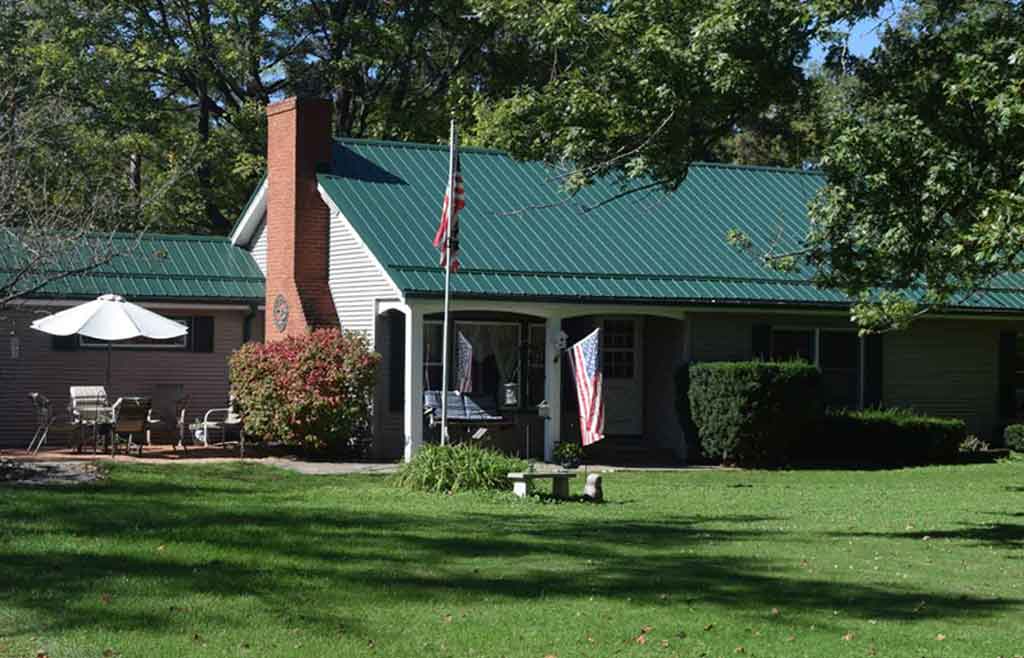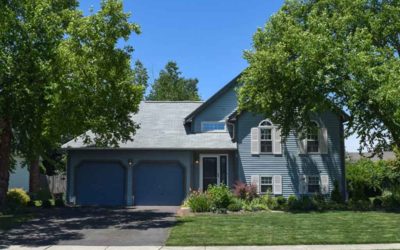I live in a farming area, and seeing metal roofs on barns is not unusual. Recently, I’ve noticed more and more homeowners are replacing their asphalt shingles with metal roofs. Since it’s a possibility, what do you need to know when looking at a home with a metal roof?

Why a Metal Roof?
I began thinking about why someone might put a metal roof on a house. Since asphalt shingles are less expensive roofs, I knew it wasn’t because of the cost. It turns out there are many reasons people are switching to metal roofs.
Initially, I thought people chose a metal roof because it lasts longer than asphalt shingles. So I did some research; you might be surprised at what I found.
Limitless designs and colors
The days of the flat aluminum-colored roof you are accustomed to seeing are gone. We recently replaced the metal roof on our shed and were amazed at the number of colors available. Just about anything you could possibly want, silvers, reds, grays, greens, blues, even orange if you’re so inclined.
Suppose you want the durability of a metal roof, but like the look of shingles, you’re in luck! Metal roofs come in a wide variety of designs. In addition to the traditional standing seam style, they are made to look like shingles, shakes, even clay or slate tiles.
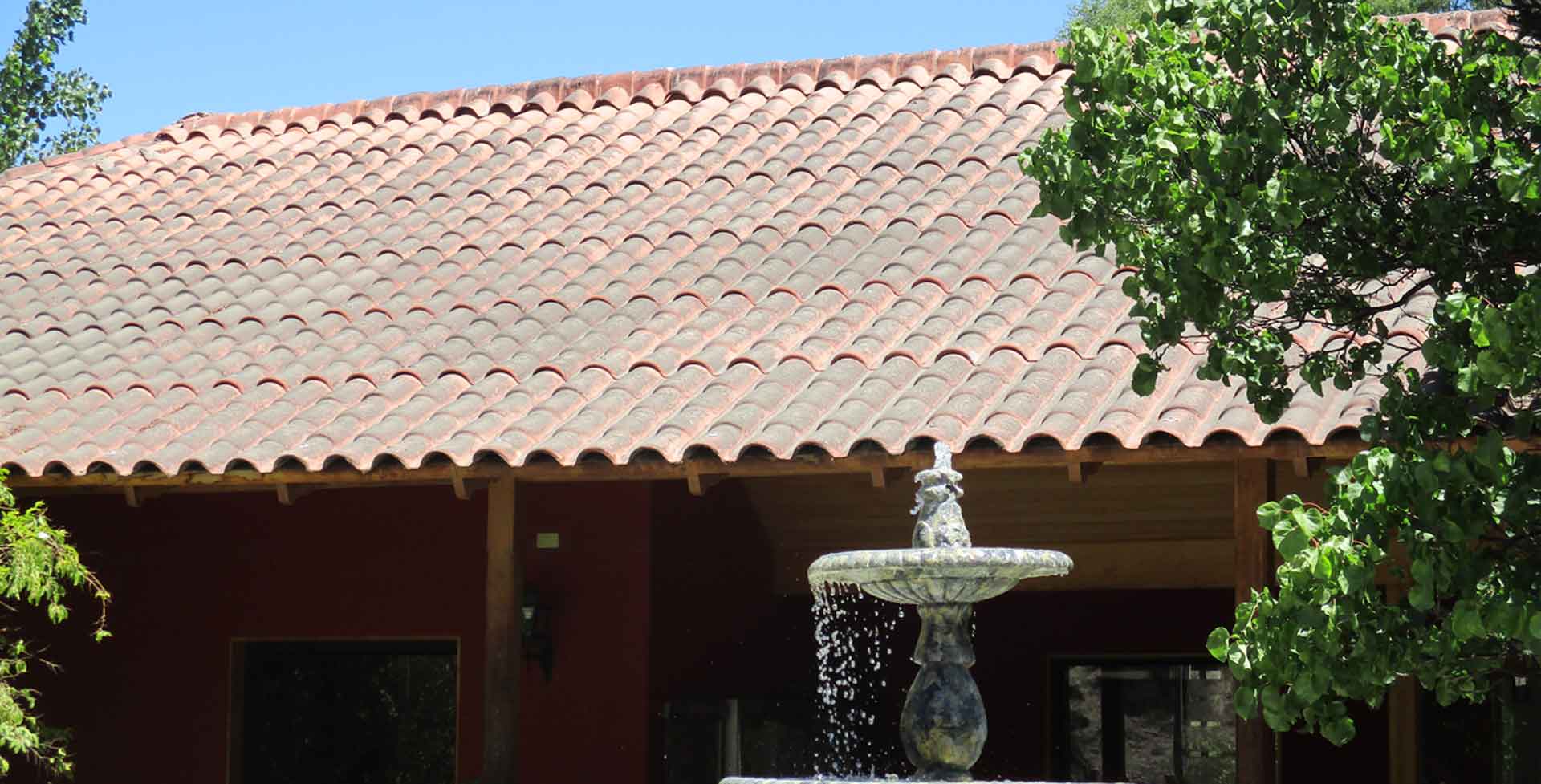
Energy-efficient
Many people believe that metal roofs are not energy efficient. Some metal roofs, called Cool Roofs, are Energy Star rated. Choosing the proper color and coating these roofs reflect non-visible UV and infrared sun rays. As a result, they can reflect 85% of the solar heat, which means the darker roofs will lower the temperature of the home and can save up to 40% on the energy bill.
Durability
As the preferred and most durable choice for withstanding high winds and extreme storms, metal roofs are popular in hurricane-prone areas like Florida and the southeastern United States.
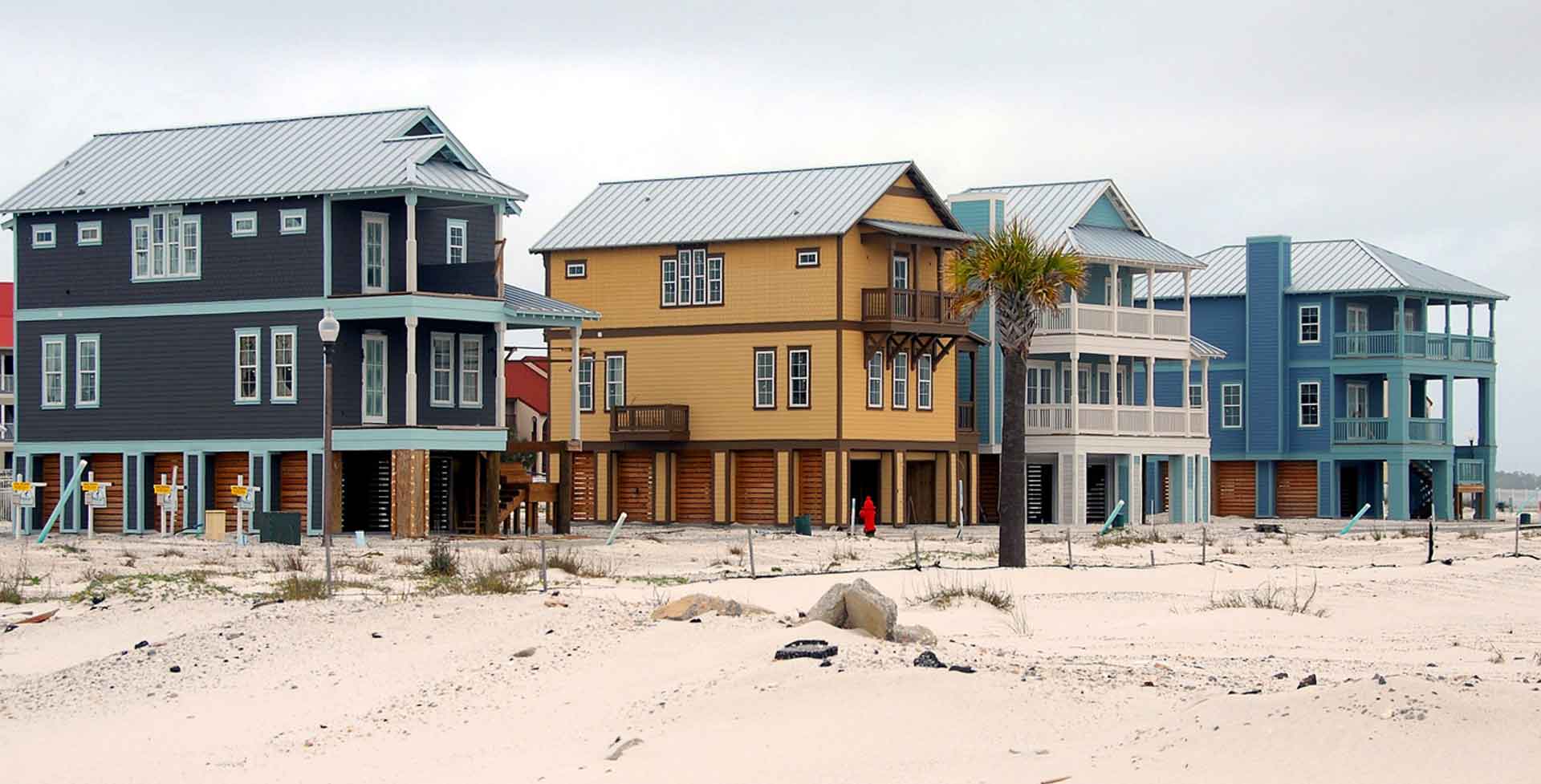
If you recall, in my post about asphalt shingles, their lifespan averages 15 -20 years. With a typical lifespan of 40 to 70 years, the odds are you won’t have to replace a metal roof. (As always, ask the seller when the roof was last replaced.)
Environmentally friendly
Metal roofs are made from various metals, such as stainless steel, aluminum, copper, and zinc. Once that metal roof comes to the end of its long lifespan, it’s easily recycled, a definite advantage over asphalt shingles typically dumped into landfills.
Are Metal Roofs Noisy?
Well, that depends. I have two sections on my house that have metal roofs. The noise has more to do with the amount of insulation and the installation method. The older part of the house, built in the 1850s, doesn’t have an attic to dampen the noise. There is a noticeable difference between that and the newer section of the house. More contemporary homes will probably have an attic and enough insulation that you won’t notice it. (If you’re concerned about the noise, this is just one more reason to look at houses when it’s raining!)

Are Metal Roofs Expensive?
People think metal roofs are a lot more expensive. But it depends on the roof. There shouldn’t be a huge price difference as long as it’s a reasonably standard roof; without many peaks and valleys, there shouldn’t be a huge price difference. So, if you’re looking at a house and the seller is trying to justify a higher price because the house has a metal roof, you might want to be a little skeptical.
Metal roofs can be installed over an existing roof without tearing off shingles, provided local building codes allow it. While shingle removal is the preferred route, tear-off is messy and raises the cost of the job. A potential problem with this type of installation is trapped water vapor. If trapped between the metal roofing and old roofing, moisture can build up and cause corrosion, mold, and rotting of the wood sheathing. Ask the seller if there are shingles under the metal roof.
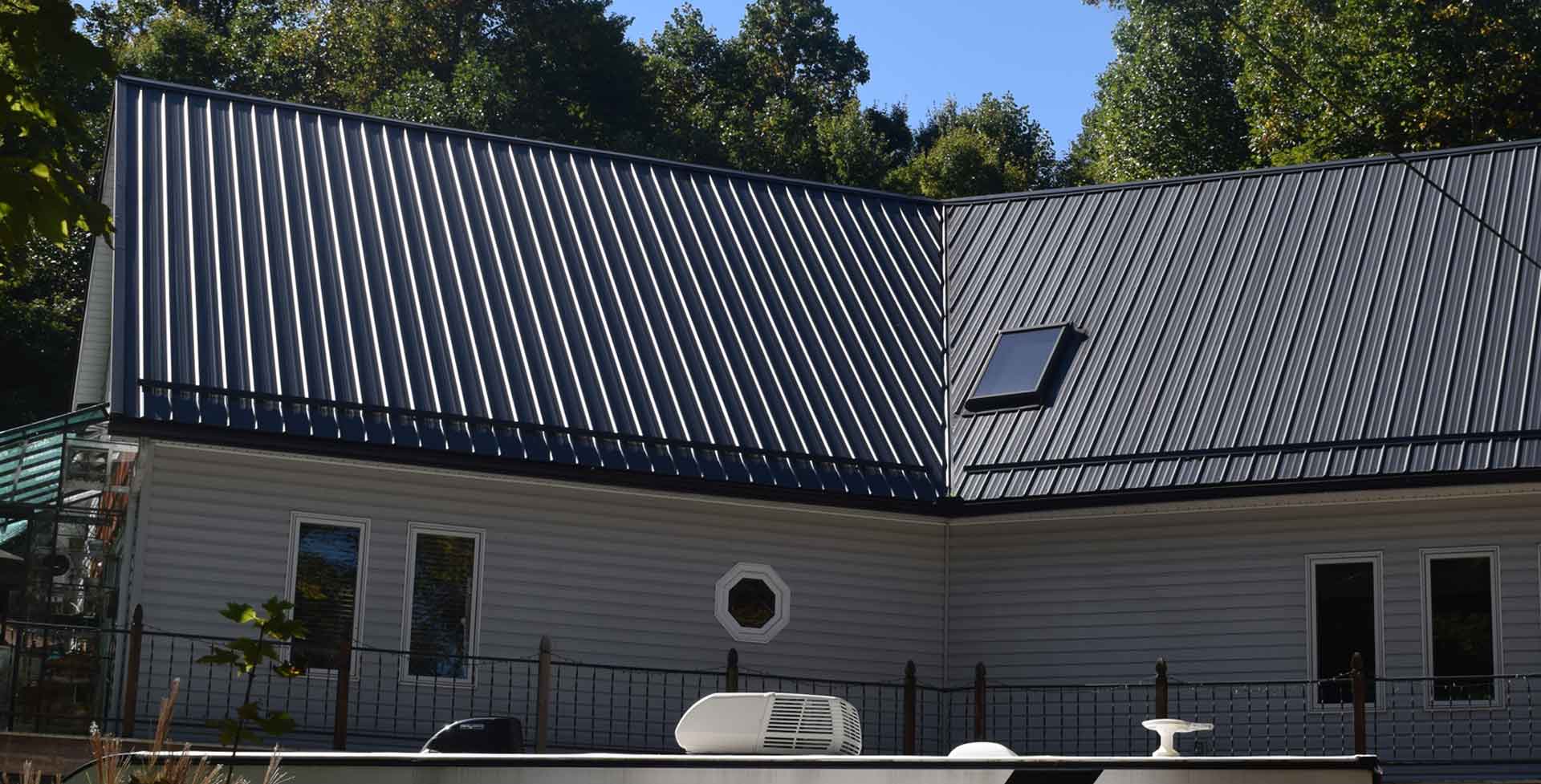
Do Metal Roofs Leak More than Shingles?
If properly installed, neither shingle-covered nor metal roofs should leak. If the roof is damaged, a roof covered with either material could leak. Failed or incorrectly installed fasteners and improperly installed flashing are the most common causes of leaks in metal roofs.
Other Problems with Metal Roofs?
Scratches and Scuffing
Like any material with a paint system applied to it, metal roofing may get scratched or scraped during its lifecycle. During installation, contractors walk on the panels resulting in scuffing at heavy traffic spots. Rubbing tree branches also damage the surface; one more reason to keep your trees and large shrubs trimmed.
Corrosion
Most metal roofing has protective paint systems or coatings specifically engineered to resist corrosion, but there are exceptional circumstances that could occur, including:
- Underside Corrosion – Occurs when the metal is improperly coated on the panel’s underside. Breakdown occurs when water molecules get trapped between the panel and the insulation or underlayment.
- Dissimilar metals – When certain metals come together, there could be a negative interaction that causes corrosion that would not occur otherwise—for instance, using the wrong screws to attach the roof to the house. For example, galvanized roofing performs best when not in contact with specific materials, such as copper, bricks, treated lumber, iron, and concrete. If metal touches one of these and is then introduced to an electrolyte, such as water, it’ll lead to galvanic corrosion.
- Cut edges – Cut edges on a steel roof will experience “edge creep” or minimal rusting occurring at the cut edge. Many details in a standing seam metal roof have folds or hemmed edges that conceal the cut edge of the metal
Are Metal Roofs More Prone to Lightning Strikes?
You might think that a metal roof will attract lightning, but facts or statistics do not bear this out. Because metal roofing is both an electrical conductor and a noncombustible material, the risks associated with its use and behavior during a lightning event make it the most desirable construction available. Our last house, with asphalt shingles, was hit by lightning. The lightning blew a hole in the roof and started a fire. Fortunately, it was raining very hard, extinguishing the fire. Since no one was home when it happened, this could have been disastrous. Of course, I can’t say the house wouldn’t have been struck by lightning if we had a metal roof, but it probably wouldn’t have caught on fire.
A Metal Roof on a House has Advantages
Metal roofs are considerably more durable and maintenance-free than asphalt shingles and other forms of roofing. However, they are not indestructible.
One weather condition that bodes ill for metal roofing: large hail. Aluminum and copper, in particular, can be susceptible to denting when hailstones approach golf-ball size. Steel is harder and fares better in hailstorms, but if you live in a region where such catastrophic hail can occur, be aware of this when considering metal. Pea- or dime-sized hail is rarely a problem, but hailstones larger than this have ruined metal roofs.
The Bottom Line
Metal is simply another roofing option. Even though a metal roof will typically last longer than an asphalt shingle roof, it doesn’t necessarily add value to a house.
These are the questions you need to ask when considering a home with a metal roof:
- As with any home, when was the roof last replaced?
- What material is the metal roof made of?
- Are there shingles under the metal roof?
- Who installed the metal roof on the house?
- Is there a transferable warranty with the current roof?
Is a metal roof better than an asphalt shingle roof? Like anything else, it depends. Now you have more information and can better determine if a house with a metal roof is right for you.
Asphalt Shingle Roofs
When considering a house to purchase, always ask, “When was the roof last replaced?” A typical asphalt shingle roof lasts 15 to 20 years. Don’t let the fact that the owner says they used shingles that are guaranteed to last 40 years influence you.
You Need to Be Prepared in a Competitive Housing Market
Headlines are screaming “It’s a competitive housing market!” What does that mean for you? How does it effect your search for a house?
What Should I Do During a Home Inspection?
You’ve found the house, and the inspection is scheduled. Now you may be wondering “What should I do during the home inspection?”
What’s Needed to Pass a Home Inspection?
You’ve decided to have the home you put a contract on inspected. Now, you may be wondering, “What is needed to pass a home inspection?”
What’s Included in a Home Inspection?
As we established previously, a home inspection is simply to provide an assessment of the current condition of the property. There are numerous components of a house, not all of which are visible. But a good home inspector knows where to look to find clues which will assist in the final assessment. The following is a brief overview of what’s included in a home inspection.
Is a Home Inspection Necessary Before Buying a House?
Let’s face it. Buying a home is, most likely, the largest expense you will ever make in your life. This should be the time you want to make the best possible decision and the only way you can do that is to make an informed decision. The best way to make an informed decision is to have the home you wish to purchase inspected by a professional.

